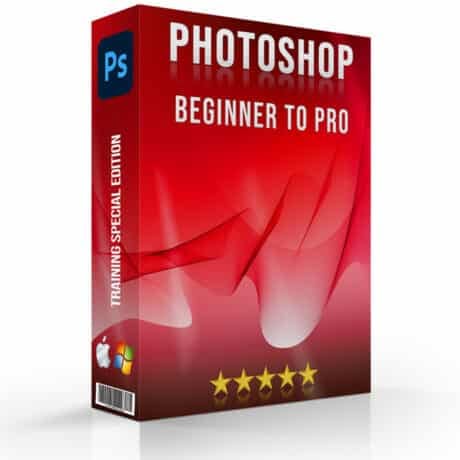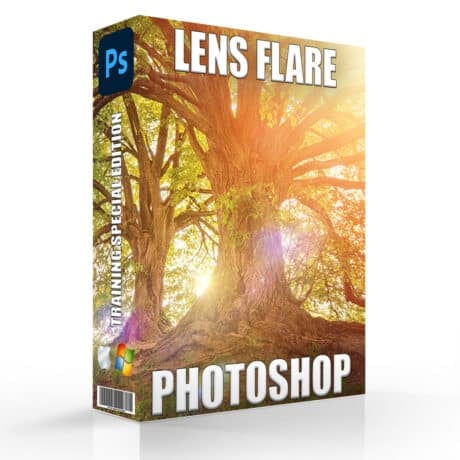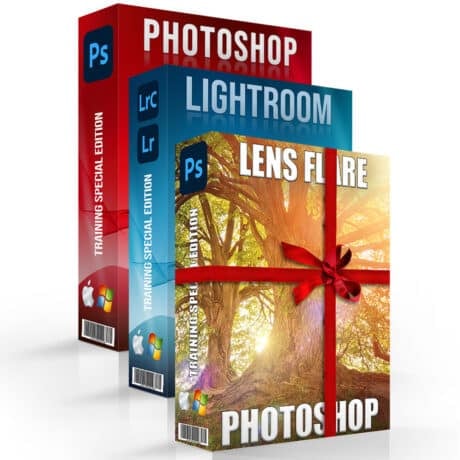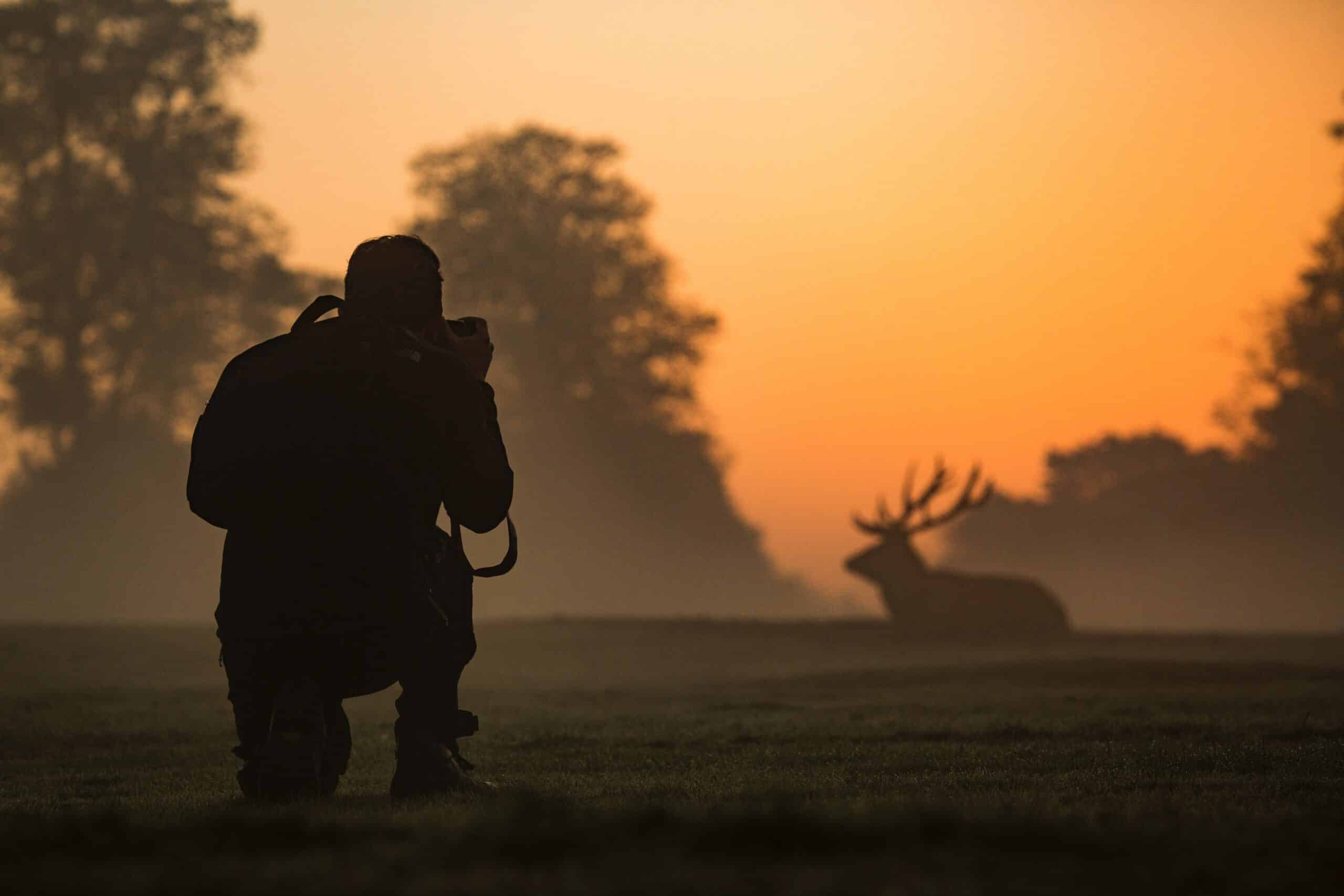
Out there in the wild? See something worthy of a capture? Better grab your camera and ensure first, everything from your, the photographer’s side, is fine. For that to thrive, a photographer must not just have the expertise of camera handling but also, have the equipment. This very fact might sound strange to the new amateurs who have just gotten into wildlife photography. But is also a fact that without better equipment, there is no wildlife photography. Consider, for instance, shooting wildlife without a tripod. Spoiler alert! Not only is it just hard but it also becomes rather impossible to do so when you must zoom at an animal that is at quite some distance. And this is just one essential in the list of professional wildlife photography equipment.
Hence, in our article, we put forth a list of considerations to include in your professional wildlife photography equipment bag. And rest assured, we will keep it concise and to the point.
Gimbal
First, comes the gimbal. When you are out there, the camera, if the handheld is your only option, becomes rather difficult to manage. That is to say, the footage, appears shaky in photography as well as shooting a video out in wild. So, your best option is to include a gimbal. What a gimbal does is that it acts as a stabilizer for your camera. The best way to describe it is that it provides stabilization to your shots. So that whenever you film a video, it is smooth. This makes editing an easy job since the transitions sync with the video and the final cut appears to be natural and fluid.
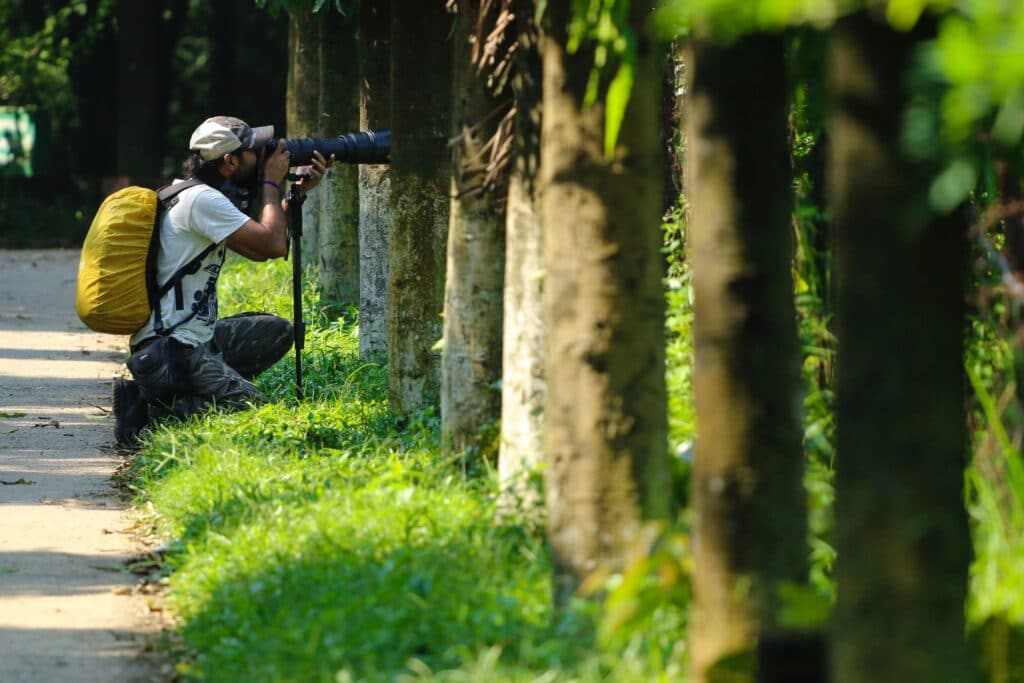
Photo edited in Lightroom.
Binoculars
Second, in our list of professional wildlife photography equipment comes binoculars. Now, one might pose a question that we can also zoom in from the camera. So, what is the need for separate binoculars? Well, photography, especially, wildlife photography is about waiting. When you switch on your camera for a longer time to zoom in, it drains your battery. To avoid this, it is preferable to own a pair of binoculars so you can keep a watch on the distant point of interest from hindsight.
Now, another aspect that needs to be brought attention to is magnifications. The magnifications that are the most utilitarian are forsooth the ones with 8x and 10x. Around 10x zoom, a person can see a much-magnified view. And that too is even better than a superzoom telephoto lens. So, the far closer it takes you from a distance, the better. Although, a point may be addressed here that 10X binoculars are quite bulky but manageable.
Long Lens Rain Cover - Wildlife Photography Equipment
See the thing with shooting in rain is that it shows the wildlife in an even better environment. For that reason, a long lens rain cover shall be a must include in professional wildlife photography equipment. When it rains, it pours. When it pours, it makes the surroundings and what is within it, wet. Now, you wouldn’t want to get your new camera lens to humidify, would you? So, better grab a long lens cover and make your camera wear a raincoat. This will cover your camera and surround the lens too, and as regards the LCD panel. That you can view through the black panel.
Since it requires a lot of searches to choose a specific cover, we put before you a list to take into account the products:
- Think Tank Photo Hydrophobia DM 300-600 V3 rain cover (priced at $149.99)
- Think Tank 740627 Photo Hydrophobia D 24 70 V3 rain cover (priced at $114.75)
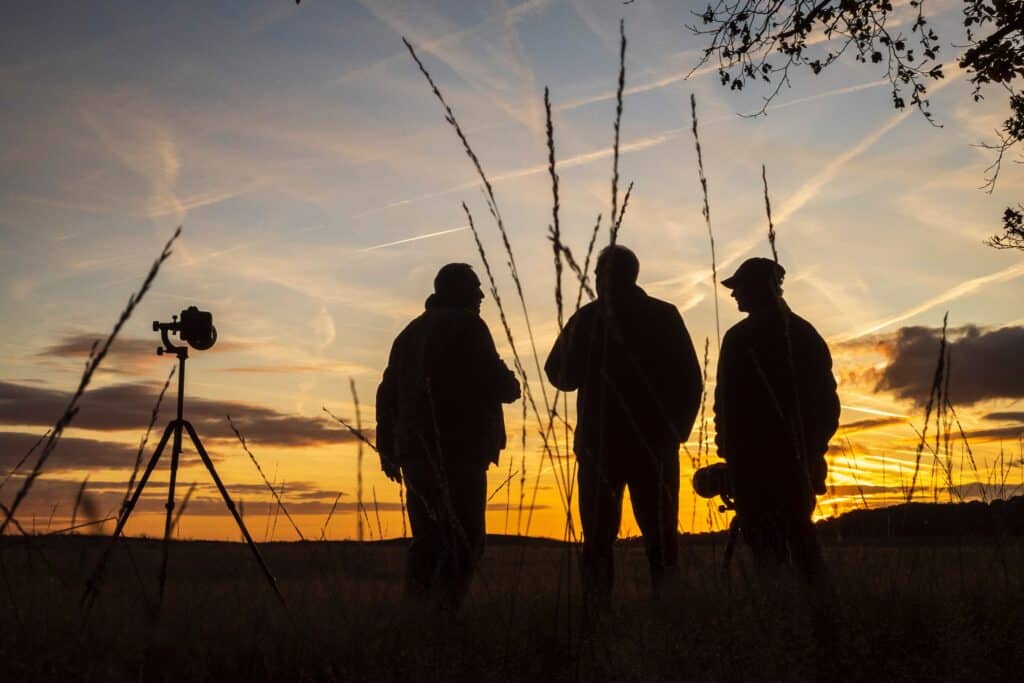
Bag
This one should be common sense. Of course, all this needs to be put together somewhere, right? Hence the need for a bag. A waterproof camera bag that can fit in long lenses will do one good. A nice rugged camera bag not just proves useful but appeals to an aesthetic sense too. The best bag as of right now you can get, and that will aid you in your hiking venture would be, first, Gura Gear Kiboka 2.0. This one has a lot of compartments integrated into it that are ergonomically, exceptional. As one review puts it, it is like a camp for your camera equipment. Similarly, for comfortable hiking ventures, MindShift Gear FirstLight 40L, with padded compartments, should be among your considerations as well.
Conclusion - Wildlife Photography Equipment
To simply conclude it up, this was our list of professional wildlife photography equipment. Another myth we would like to bust here is that most people think for wildlife photography, you need faster cameras. The simple answer is that no, you do not. And though, it might help a person who owns Sony a9 II, to be fluent in wildlife photography, it shall not be considered a necessity. Rather, many people have been shooting from their 5D Mark IV and the results are as exceptional. So, it all boils down to the fact that how well do you know your camera. And most importantly, how well have you been acquainted with wildlife photography as a field.
If the “Wildlife Photography Equipment” article has helped you, then Like and Share it with your friends!
Facebook
Twitter
LinkedIn
Pinterest
Have a nice photoshoot!
Lightroom and Photoshop Tutorials
Course
Light Effect Photoshop
5
Lightroom Course 2024
4.9
Adobe Photoshop Course
4.9
Photo Editing Course
5
Get the latest version of Photoshop & Lightroom

